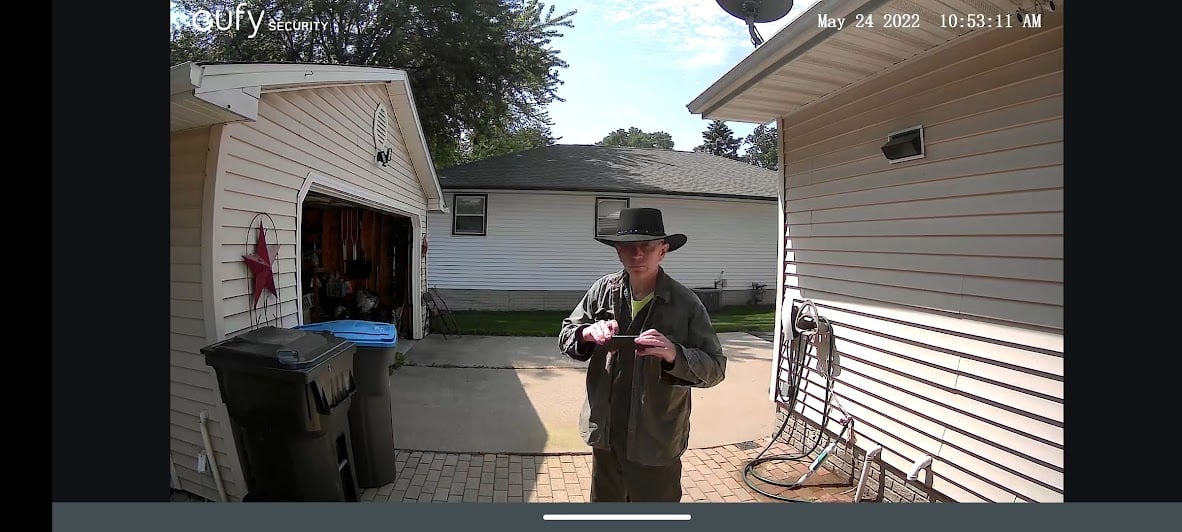I was not there, Gandalf. This was before even my time.
It tests vacuum tubes that would usually come from televisions. If a tube was bad you could hypothetically replace the tube and get your TV working again. The various holes are for the various tubes that were sold.
Vacuum tubes would eventually be replaced with transistor designs as transistors were more reliable and required way less power to operate. Also they were vastly smaller than tubes. Today most TVs are, in essence, a small computer packed into a single chip called a System on a Chip (SoC), so they are way less user repairable. But they’re also vastly cheaper than the 1930s versions. In 1939 RCA’s TV that they sold went for ~$600 or about $13,280 in today’s money.
So there was a ton of incentive to make TVs as user repairable as possible. It’s also why we used to have a lot of TV repair shops that we pretty much have zero of today. Putting that much investment into something, you’d want to make it run for as long as possible.
The furniture-style console TVs still had tubes as late as the 1970s.
We had one very similar to this until about 1980..
It was easy to pop the back off (it had little hinges like the back of a picture frame) and the tubes were right there. Very simple fix. You’d miss your show, but it meant a fun trip to the electronics store with dad.
I remember laying on the floor in front of the TV and changing the channel with my foot. I was the remote control.
LOL, pretty sure there was one in our grocery store. And yes, trip out with dad to fix the TV! Better than paying a guy fat 1970’s money to do a service call.
Sylvania now: “Just throw that piece of shit in the trash and buy a new one”
I worked at a grocery store that still had one of these in the mid 90s. It had been there since the 60s but no one who worked there still knew how to use it.
I remember when the local Safeway had one of these! I’m pretty sure that was in the '70s, though. It’s just slightly possible that I might be old.
OK, thought I was misremembering. Yes, our 70’s Safeway had one.
Some folks are still using tubes for audio equipment aren’t they?
Vacuum tubes are super common in high-end guitar amplifiers
Not just guitar audio! I own a tube amp for my guitar and 2 tube amps for driving my higher-end headphones! They are neat little pieces of electronics history, not just in how they run, but also because most of the best tubes are old military surplus. My oldest pair are from 1945 and were made for early army/navy radar systems.
I’ve got a tube amp and a tube DAC/ headphone amp for my HiFi system. They sound amazing.
Yes, I’m a reseller. I bought a large collection of them from a pawn shop that was closing. Some of them are quite sought after. The most expensive I’ve sold were $200/ea. Some sellers use higher end testers in order to make claims that the tubes are “matched” in their percentage of specification from new. I think it’s a dubious claim. I have a cheaper tester that says if they’re good or not. I only state that they are tested and appear to be new since I obviously have no way to know if they actually are NOS or if someone used them at some point.
They are still commonly used in RF amplifiers for ham radio too.
I actually have a similar model for testing audio tubes. I have several 100 watt amplifier heads for my guitars and a few more home built amps for both guitar and listening audio. I even have several tube preamps I’ve designed with one or two tubes.
Such a cool era of technology to me.
I bet there’s somebody somewhere that knows why the three bottom left sockets are red.
Finding a less potato image of this device on Google, the red sockets are not testing sockets but “pin straighteners”
You can test the tubes yourself, it’s called tubing. So YouTube
I remember one of these being at the grocery store as a kid. I didn’t know at the time what it was for, but it had knobs and switches to play with.
Isn’t that what the instructions are for?








